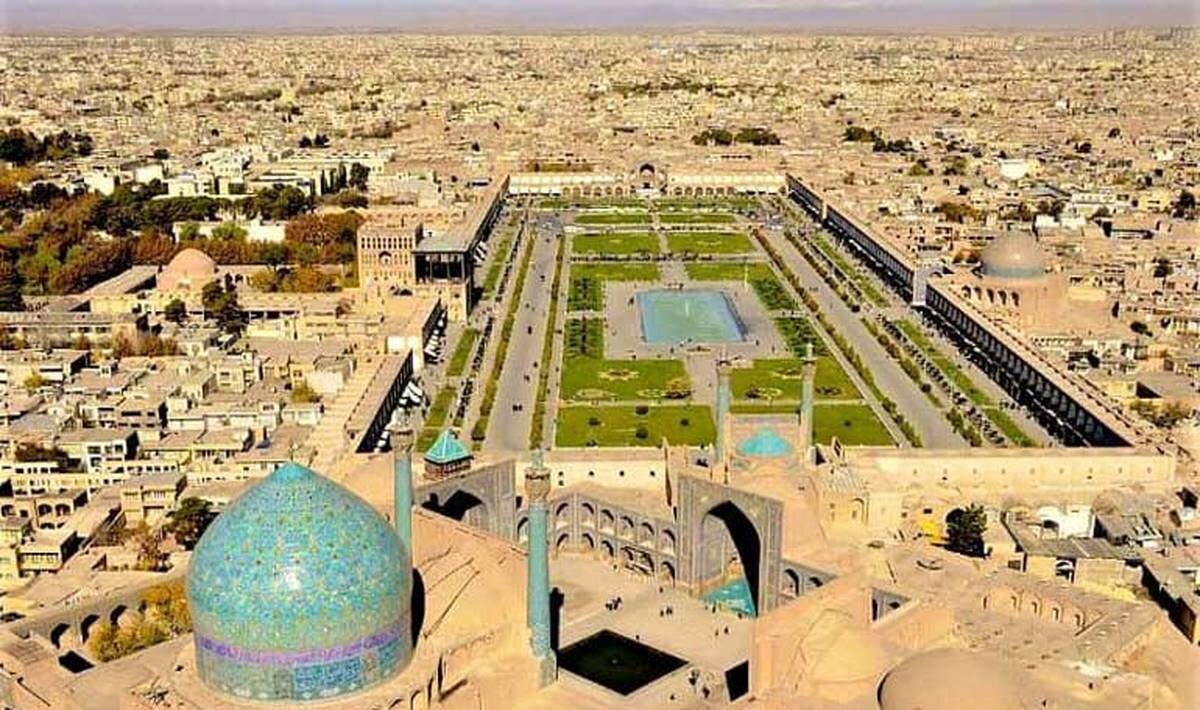Restoration completed on rooftops around UNESCO-listed Naqsh-e Jahan Sq.

TEHRAN – Restoration work has been completed on the rooftops of a centuries-old bazaar, situated around the UNESCO-listed Naqsh-e Jahan Square in Isfahan.
In that project, rooftops situated on the eastern and western sides of Naqsh-e Jahan Square were successfully restored at a cost of approximately 52 billion rials (some $87,000), according to Fariba Khatabakhsh, who presides over the World Heritage site.
Restoration of the rooftops was undertaken both as a planned and an emergency measure, thanks to funds allocated to Naqsh-e Jahan Square in 2023, the official said.
“Winter rains in 2022 caused moisture to penetrate the bazaar’s interior on the eastern side of Meidan Imam (Naqsh-e Jahan Square), between Sheikh Lotfollah Mosque and Imam Mosque. However, damaged parts underwent emergency repairs at that time, and later, the [governmental] funds allowed for comprehensive restoration in this section,” she explained.

The official said that the restoration also included the western side of the square, specifically the area between Hafez Street and Ali Qapu Palace, extending to Saadi Passageway.
“On both sides of Ali Qapu Palace, the rooftops’ inadequate slopes had caused water to seep into the roofs of some market shops, and the gutters were problematic. Therefore, all roofs were repaired, and the slopes were corrected,” Khatibakhsh added.
The bazaar surrounding Naqsh-e Jahan Square dates back to the Safavid era and is primarily dedicated to the sale of Isfahan’s handicrafts, attracting numerous visitors and artisans alike.
Naqsh-e Jahan is one of the largest city squares in the world and an outstanding example of Iranian and Islamic architecture. Built by the Safavid Shah Abbas I in the early 17th century, the square is bordered by two-storey arcades and anchored on each side by four magnificent buildings: to the east, the Sheikh Lotfallah Mosque; to the west, the pavilion of Ali Qapu; to the north, the portico of Qeyssariyeh; and to the south, the celebrated Royal Mosque.
Naqsh-e Jahan was at the heart of the Safavid capital’s culture, economy, religion, social power, government, and politics.
AM
Leave a Comment